Avocado Forecasts: 7 Shocking Trends for Mexico
“Avocado production in Mexico surged by 60% over the past decade, making it the world’s top avocado exporter.”
Table of Contents
- Introduction: Avocado Production in Mexico
- Global Avocado Industry Trends
- 1. Meteoric Rise of Avocado Production in Mexico
- 2. Dynamic Expansion of the Avocado Belt in Michoacán
- 3. Environmental Impacts of Avocado Cultivation
- 4. Water Scarcity and Avocado Water Requirements
- 5. Socioeconomic Challenges: From Green Gold to Crime Risks
- 6. Modern Forecasting Models for the Future of Avocado Industry
- 7. Sustainability and Responsible Avocado Supply Chain Management
- Comparative Trend Table: Mexico’s Avocado Forecasts
- Farmonaut: Empowering Sustainable Avocado Farming
- Future Outlook: What Lies Ahead?
- FAQs: Avocado Cultivation, Sustainability & Technology
- Farmonaut Subscription Plans
Introduction: Avocado Production in Mexico
As global food trends shift toward fresher, healthier options, avocados—revered as “green gold”—are thriving at the heart of this transformation. Avocado production in Mexico leads the world, both shaping and responding to worldwide demand. We, as passionate observers and participants in the agricultural sector, understand that the evolution of avocado cultivation is critical for producers, policymakers, and stakeholders. In this comprehensive analysis, we dive into avocado industry trends, explore urgent environmental challenges, highlight sustainable farming practices, and dissect technological advancements such as advanced avocado price forecasting models.
This blog offers a deep-dive into the avocado supply chain management, focusing on sustainability, water resource optimization, and innovations paving the way for a brighter, greener future for Mexico’s avocado regions—especially Michoacán. Our goal: Empower decision-makers across the agricultural value chain with data-driven insights and actionable strategies for responsible avocado farming.
Let’s embark on this journey to understand the seven shocking trends that define the current and future landscape of avocado production in Mexico.
Global Avocado Industry Trends
The global avocado industry has seen exceptional growth in both production and consumption. As of 2023, worldwide avocado output now surpasses 10.5 million tonnes annually. Mexico stands as the undisputed world leader, producing close to 29% of global avocados, with Columbia, Dominican Republic, Peru, and Indonesia rounding out the other top producers.
- Mexico: The leading producer and exporter, with its famed “Avocado Belt” centered in the state of Michoacán—a region with optimal soil and climate conditions.
- Colombia & Peru: Emerging as fast-growing sources, particularly for alternative markets.
- Dominican Republic & Indonesia: Longstanding contributors to regional avocado supply and biodiversity.
The meteoric rise in production is fueled by a convergence of factors:
- Increased consumer awareness of the avocado’s nutritional richness (fiber, vitamins, healthy fats).
- Expanding use of avocados in international cuisines.
- Strong export infrastructures in major producing regions.
- Natural advantages—like Michoacán’s nearly year-round harvest seasons due to unique micro-climates.
1. Meteoric Rise of Avocado Production in Mexico
The defining story of the avocado industry is the scale and speed at which Mexico has expanded avocado production. In just one decade, Mexico’s total output soared by more than 60%, propelling it to the top rank globally. This remarkable surge is largely concentrated in a handful of states, with Michoacán hosting the most productive orchards, sometimes achieving yields of up to 8 tonnes per hectare under optimal cultivation conditions.
- Localized expert cultivation: Generational farming knowledge meets new scientific approaches.
- Climatic advantages: Unique weather patterns allow for multiple harvests per year.
- Responsive logistics: Rapid export processing and cold chain infrastructure connect Mexican avocados with overseas consumers.
Avocado Cultivation in Michoacán: The Heart of ‘Green Gold’
The “Avocado Belt” of Mexico, spanning across Michoacán and neighboring states, holds a unique ecological edge:
- Volcanic soils rich in minerals.
- Ample rainfall for most orchards (over 60% of avocado groves rely solely on rainfall).
- Elevation between 1,600 and 2,500 meters—ideal for Hass avocado trees.
This geographic concentration has implications for sustainability, but also heightens the risks associated with over-concentration (e.g., disease outbreaks, resource constraints).
Did You Know?
The average yield in Michoacán is about 4 tonnes/hectare with potential to double under optimal management—a testament to both local expertise and modern agricultural advancements.
2. Dynamic Expansion of the Avocado Belt in Michoacán
The outward push of avocado cultivation into new regions—often at the expense of forested land—has defined recent years. Land use maps reveal a clear expansion pattern.
- 2010: Avocado orchards mostly clustered in older, established districts.
- 2020: Orchards have proliferated, with previously forested and mixed-use lands converted into avocado groves.
- The drive: Global demand and rising prices for avocados offer lucrative incentives for new growers.
While expansion brings economic opportunities, it also kindles debate around land rights, fair access, and the balancing act between agriculture and the preservation of vital forest ecosystems.
Soil and Climate Conditions: Why Michoacán?
The fertile volcanic soils and balanced microclimates of Michoacán mean fewer inputs are required for optimal production. Compared to newly established regions, longtime avocado orchards in Michoacán have a head start in terms of both biological resilience and local enterprise networks.
- Rain-fed orchards reduce reliance on irrigation, promoting natural water cycles.
- Temperature ranges are optimal for Hass variety.
3. Environmental Impacts of Avocado Cultivation
Every agricultural expansion carries inevitable environmental impacts. The rapid scaling of avocado production in Mexico has led to considerable ecosystem shifts:
- Deforestation: Roughly one-fifth of all deforestation in Michoacán from 2001-2017 was attributed to avocado farming.
- Loss of Biodiversity: The conversion of mixed or primary forests to monoculture avocado groves fragments critical wildlife corridors.
- Soil degradation: Over-intensive or poorly managed farming practices can accelerate soil nutrient depletion and increase vulnerability to erosion.
These environmental impacts of avocado cultivation force us to rethink what a truly sustainable avocado farming model looks like in Mexico.
“Sustainable farming could reduce water usage in Mexican avocado orchards by up to 40%, significantly lowering environmental impact.”
Avocado Deforestation Concerns
Deforestation poses critical challenges for biodiversity, watershed stability, and overall ecosystem health:
- Species loss—threatening flora and fauna reliant on complex forest structures.
- Reduced carbon sequestration capacity.
- Increased wildfire and landslide risk as root mats are removed.
In response, industry initiatives are in place to restrict entry of avocados grown on recently deforested lands, especially those entering supply chains bound for the U.S.—a vital step toward ethical avocado production and supply chain transparency.
4. Water Scarcity and Avocado Water Requirements
Perhaps nowhere is the environmental cost of avocados clearer than water management. Avocado trees possess a deep-rooted thirst:
- It can take up to 320 liters of applied water to grow a single avocado, depending on local conditions.
- Some regions, like Chile, demonstrate even higher water usage, which intensifies competition with local communities for already-scarce water resources.
- Water sourcing: While most orchards in Michoacán are rain-fed, the rising acreage elsewhere risks unsustainable groundwater extraction.
Optimizing Water Stewardship for the Future
Water scarcity isn’t inevitable. Sustainable avocado farming—leveraging modern monitoring, efficient drip irrigation, and real-time environmental metrics—could reduce water footprints by up to 40%. With initiatives focused on water stewardship and contamination control, Mexico is uniquely positioned to pioneer models for global agricultural water management.
- Monitoring soil moisture using remote sensing (such as multispectral satellite imagery) helps minimize over-irrigation.
- Rainfall capture and water recycling can buffer orchards against dry spells.
- Application of carbon footprinting solutions allows producers to track water and resource use, aligning farm operations with sustainability goals.
Modern resource management tools are absolutely essential for future-proofing Mexican avocado production.
5. Socioeconomic Challenges: From Green Gold to Crime Risks
The economic promise of avocados, unfortunately, is matched by socioeconomic challenges:
- Crime Risks: Organized crime, drawn by the industry’s profitability, demands protection fees from farmers—a phenomenon labeled “blood guacamole.”
- Community pressures: Value accrual often bypasses smallholder farmers, raising questions about fair distribution of profits.
- Instability: Unstable political and social climates can threaten the long-term viability of farming regions.
These challenges underscore the need for greater economic transparency, policy safeguards, and community engagement—as well as technological tools that empower local producers and improve traceability within the avocado supply chain.
- Blockchain-based product traceability is transforming how agricultural supply chains are monitored—helping to root out fraud and ensure consumer trust.
Ensuring Economic Viability and Security
By supporting accessible financing (like satellite-verified crop loans and insurance), we can help protect avocado sector stakeholders against economic shocks and mitigate the impacts of organized crime on local farming communities.
6. Modern Forecasting Models for the Future of Avocado Industry
Market unpredictability drives home the value of accurate avocado price forecasting models. With prices fluctuating due to seasonality, variable yields, and shifting global demand, stakeholders need robust, scalable forecasting to plan ahead.
- Traditional models often break down under the highly nonlinear, dynamic behavior of agricultural markets.
- New hybrids—like the TCN-MLP-Attention architecture—combine Temporal Convolutional Networks (for sequential trends), robust neural networks (to capture nonlinear crop interactions), and attention layers (for dynamic feature weighting).
- These methods outperformed simpler machine learning tools—delivering more accurate Root Mean Square Error and Mean Square Error scores in practical avocado sales datasets (2015–2018, U.S. market).
Why does this matter for sustainable avocado production in Mexico? Accurate forecasts improve supply chain management, prevent overplanting, reduce food waste, and support dynamic pricing strategies for farmers and exporters. These models are not theoretical—they’re essential to next-generation agriculture.
- Farmonaut’s large-scale farm management solutions are designed to integrate data streams, apply custom analytics, and deliver actionable forecasts—empowering decision-makers from farm to export gate.
7. Sustainability and Responsible Avocado Supply Chain Management
Navigating industry challenges requires more than patches or piecemeal programs. Instead, we’re witnessing the rollout of comprehensive, cross-cutting sustainability initiatives. “The Path to Sustainability”—a cornerstone program in Mexico—embodies this approach, focusing on four pillars:
- Water Management: Aggressive reduction of waste; rain-fed orchard expansion; elimination of runoff contamination by 2026.
- Biodiversity Conservation: Protection and restoration of native flora/fauna, ecological corridors, and pollinator habitats.
- Climate Action: Targeted net-zero carbon emissions along the avocado supply chain by 2035; research to guide sustainable carbon sequestration strategies.
- Deforestation Prevention: Strict traceability/analitycs to block avocados from newly deforested lands in U.S.-bound export flows.
Programs like these, supported by advanced remote-sensing, traceability, and carbon tracking solutions, are setting Mexico on course for truly sustainable avocado farming.
- Carbon footprinting solutions empower producers to track, validate, and improve environmental impact.
- Resource monitoring and fleet management systems for agricultural machinery enhance operational efficiency and sustainability.
Every stakeholder—from smallholder farmers to export managers—can access advanced crop plantation, forest, and stewardship advisory via digital tools, ensuring best practices are spread across Mexico’s diverse avocado regions.
Comparative Trend Table: Mexico’s Avocado Forecasts
| Year | Estimated Avocado Production (metric tons) | Export Volume (metric tons) | Water Usage per Ton (m³) | Forest Coverage Change (%) | Adoption Rate of Sustainable Practices (%) |
|---|---|---|---|---|---|
| 2019 | 2,210,000 | 1,230,000 | 1110 | -1.2 | 12 |
| 2020 | 2,289,000 | 1,280,000 | 1100 | -1.1 | 17 |
| 2021 | 2,320,000 | 1,310,000 | 1080 | -1.0 | 23 |
| 2022 | 2,449,000 | 1,390,000 | 1070 | -0.9 | 28 |
| 2023 | 2,570,000 | 1,430,000 | 1050 | -0.9 | 35 |
| 2024 (est.) |
2,680,000 | 1,510,000 | 1030 | -0.8 | 41 |
| 2025 (proj.) |
2,770,000 | 1,570,000 | 1005 | -0.7 | 49 |
| 2026 (proj.) |
2,860,000 | 1,640,000 | 970 | -0.6 | 58 |
| 2027 (proj.) |
2,940,000 | 1,700,000 | 930 | -0.5 | 66 |
| 2028 (proj.) |
3,010,000 | 1,750,000 | 890 | -0.4 | 72 |
Note: Data trends are estimates/projections based on production/export statistics, sustainability reports, and industry analyses. For actual statistics, consult official sources and cited references above.
Key Takeaways from the Comparative Trend Table
- Production & Export: Mexico’s avocado industry continues robust growth, with production projected to top 3 million metric tons within four years.
- Water Usage: Gradual decline in average water usage per ton, reflecting increased adoption of sustainable practices and technological innovation.
- Forest Coverage: While deforestation rates have slowed, the sector remains under scrutiny—underscoring the critical role of forest preservation and policy enforcement.
- Sustainability: More than 70% of Mexican avocado operations may adopt advanced sustainable practices by 2028, as economic, regulatory, and market pressures align.
Farmonaut: Empowering Sustainable Avocado Farming
Amid these landscape-altering trends, Farmonaut stands as a leading force in agricultural technology, enabling sustainable avocado cultivation at every scale. Our mission is straightforward: Make precision agriculture, responsible resource use, and data-backed management accessible and affordable for all growers.
- Satellite-Based Crop Health Monitoring: By using real-time multispectral imagery, we empower farmers to assess avocado tree health, manage irrigation (water management), and tackle pest or disease issues at the earliest stages—directly improving yields per hectare while reducing wasted resources.
- Jeevn AI Advisory System: Our AI platform delivers timely weather updates, management strategies, and predictive analytics—helping farmers persist through both environmental and market fluctuations.
- Blockchain Traceability: Blockchain technology ensures avocado supply chain transparency, building end-consumer trust and supporting ethical, legal production.
- Carbon Footprinting & Resource Management: Integrated carbon tracking and fleet/resource management lower environmental impacts throughout the supply chain.
- API & Integration: We offer API access and developer documentation to scale satellite and sustainability insights to agribusinesses, research organizations, and end-users globally.
- Accessible Financing: Satellite-based crop loan and insurance verification brings fair financing to farmers—ensuring crop and income security amid market volatility.
Transforming Trends into Action: Technology and Sustainability
By equipping producers with dependable analytics and farm management tools, we facilitate sustainable avocado production in Mexico that meets global demand without sacrificing ecosystems, water resources, or community well-being.
Future Outlook: What Lies Ahead?
Looking ahead, the future of the avocado industry in Mexico is both promising and complex. Key predictions include:
- Continued expansion in both total production and adoption of sustainable farming practices.
- Greater market transparency, with blockchain and digital traceability becoming industry standards.
- Widespread use of satellite remote sensing, AI advisory platforms, and integrated resource management in everyday farming.
- Proactive response to climate risks—soil management, water efficiency, and biodiversity restoration—driven by consumer preference for ethically and responsibly grown avocados.
- Closer policy-industry cooperation, with real-time data informing land use, subsidy, and environmental management strategies.
In the coming decade, collaboration among farmers, producers, policymakers, and technologists will be crucial to balancing economic gain with ecological and social responsibility.
Responsible Production for a Responsible Future
Ultimately, Mexico’s leadership in the avocado sector will depend not just on volume—but on our ability to demonstrate that “green gold” can be grown in harmony with nature, communities, and climate realities. The world is watching—and together, we must step up to the challenge.
FAQs: Avocado Cultivation, Sustainability & Technology
What are the main environmental impacts of avocado cultivation in Mexico?
Key impacts include deforestation, biodiversity loss due to monoculture expansion, high water usage (avocado water requirements), and pesticide/agrochemical runoff. Addressing these requires adoption of sustainable farming techniques, robust water management, and strict deforestation prevention policies.
How can avocado producers in Michoacán optimize resource use and sustainability?
By implementing satellite-based crop health monitoring, rain-fed irrigation practices, carbon footprinting, and embracing blockchain for product traceability, producers can minimize inputs and reduce environmental impacts while boosting yields.
What role does Farmonaut play in supporting sustainable avocado production?
Farmonaut provides affordable, real-time data solutions utilizing satellite imagery, AI-driven advisory, and blockchain verification. This empowers Mexican avocado farmers, agribusinesses, and policymakers to make evidence-based decisions that enhance productivity and sustainability across every hectare.
Why is accurate avocado price forecasting important for the industry?
Accurate forecasting (using advanced models, e.g., TCN-MLP-Attention) helps stabilize markets, optimize supply chain management, prevent food waste, and maximize returns for stakeholders, from farmers to exporters.
How is water scarcity being addressed in regions with high avocado cultivation?
Through a combination of governmental regulation, industry initiatives promoting rain-fed orchards, adoption of efficient irrigation systems, and digital monitoring of water usage using satellite data and precision agriculture tools.
Where can stakeholders access advanced crop management services for avocados?
Stakeholders can utilize Farmonaut’s
cloud/web/mobile applications,
API,
and detailed developer documentation.
For large plantations, see the large scale management portal.
Farmonaut Subscription Plans
Farmonaut’s flexible, scalable subscription model ensures that every farmer, cooperative, and agricultural business in Mexico and beyond can access World-class farm management, traceability, and sustainability tools—regardless of operation size.
Conclusion: Leading a Sustainable Future for Avocados
As global stewards of the avocado industry, it is incumbent upon us to strike a delicate balance between economic progress and responsible resource management. The trends outlined above underscore both the remarkable successes and critical challenges confronting avocado cultivation in Mexico—where “green gold” continues to change lives and landscapes at an unprecedented pace.
Through collective action—enabled by technology, real-time analytics, precision advisory, and a relentless commitment to sustainability—we can ensure a resilient, ethical, and thriving future for every stakeholder in Mexico’s avocado sector.
For more information, or to experience the next generation of satellite-powered, sustainable farm management, visit our web platform or try our mobile apps today.
Explore developer options via the Farmonaut API and developer documentation.
Together, let’s nurture Mexico’s avocado legacy—responsibly, sustainably, and with the power of informed technology.






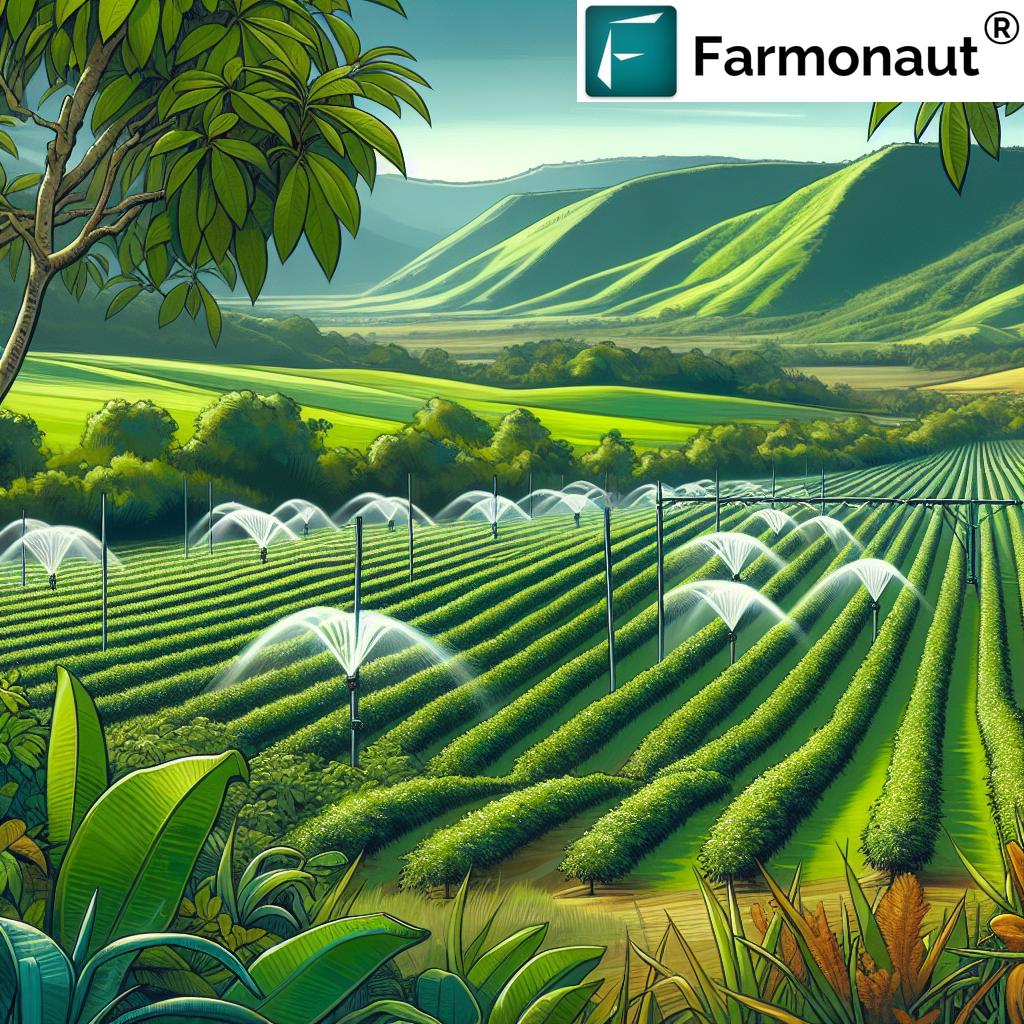
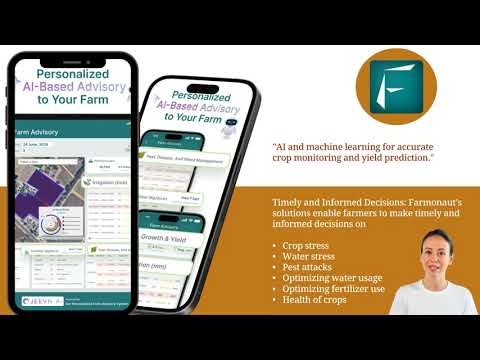

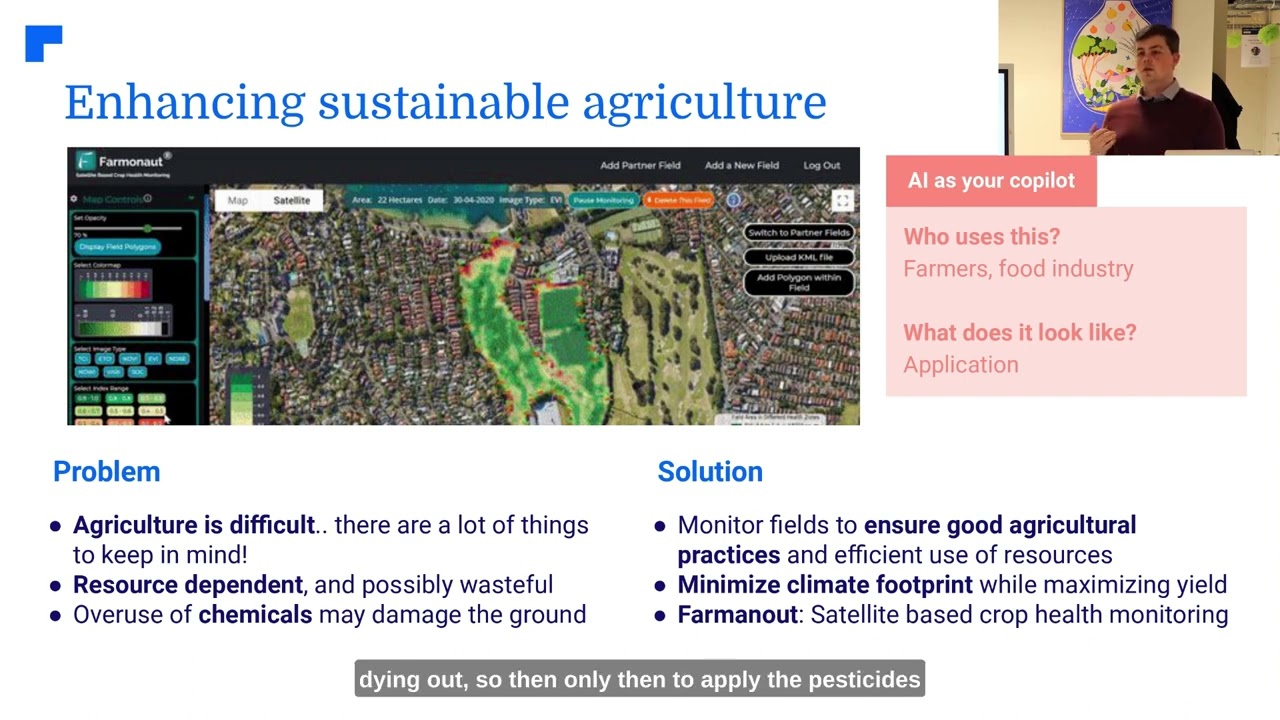

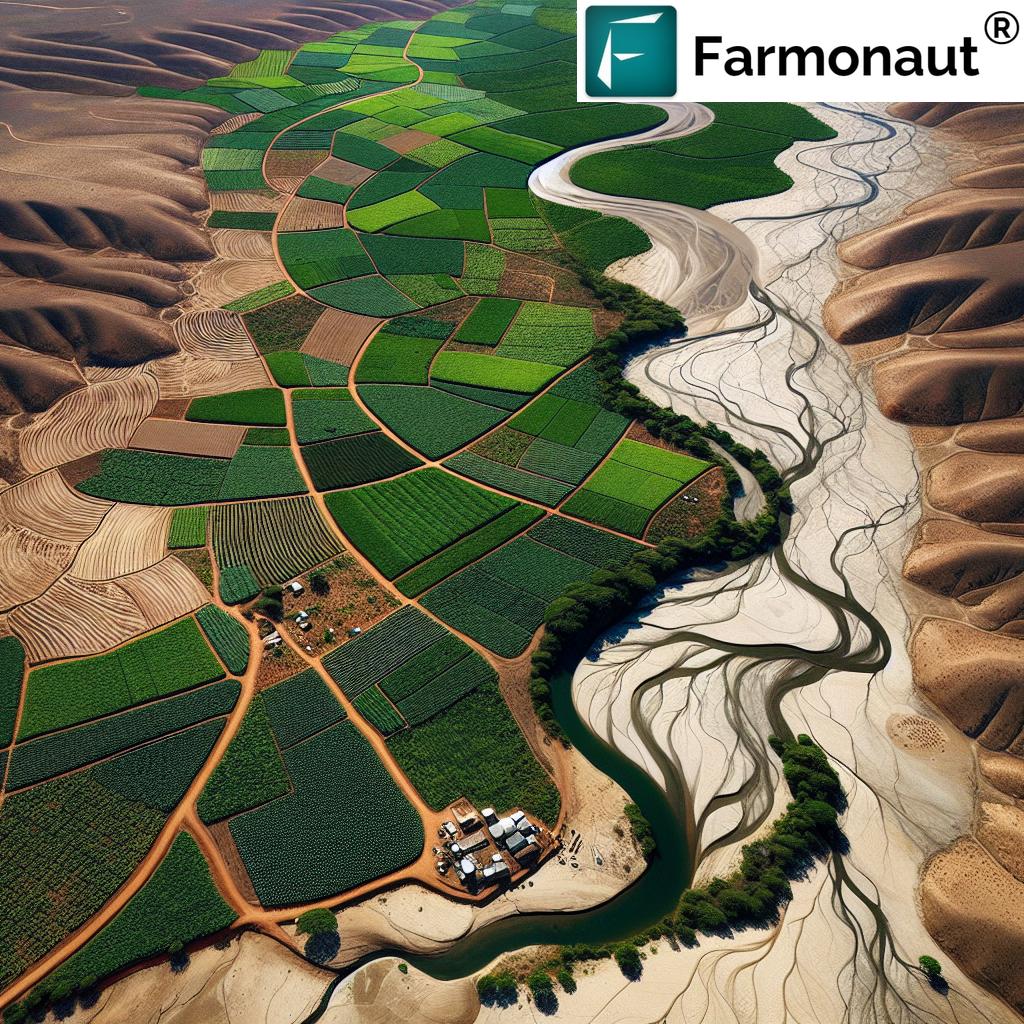
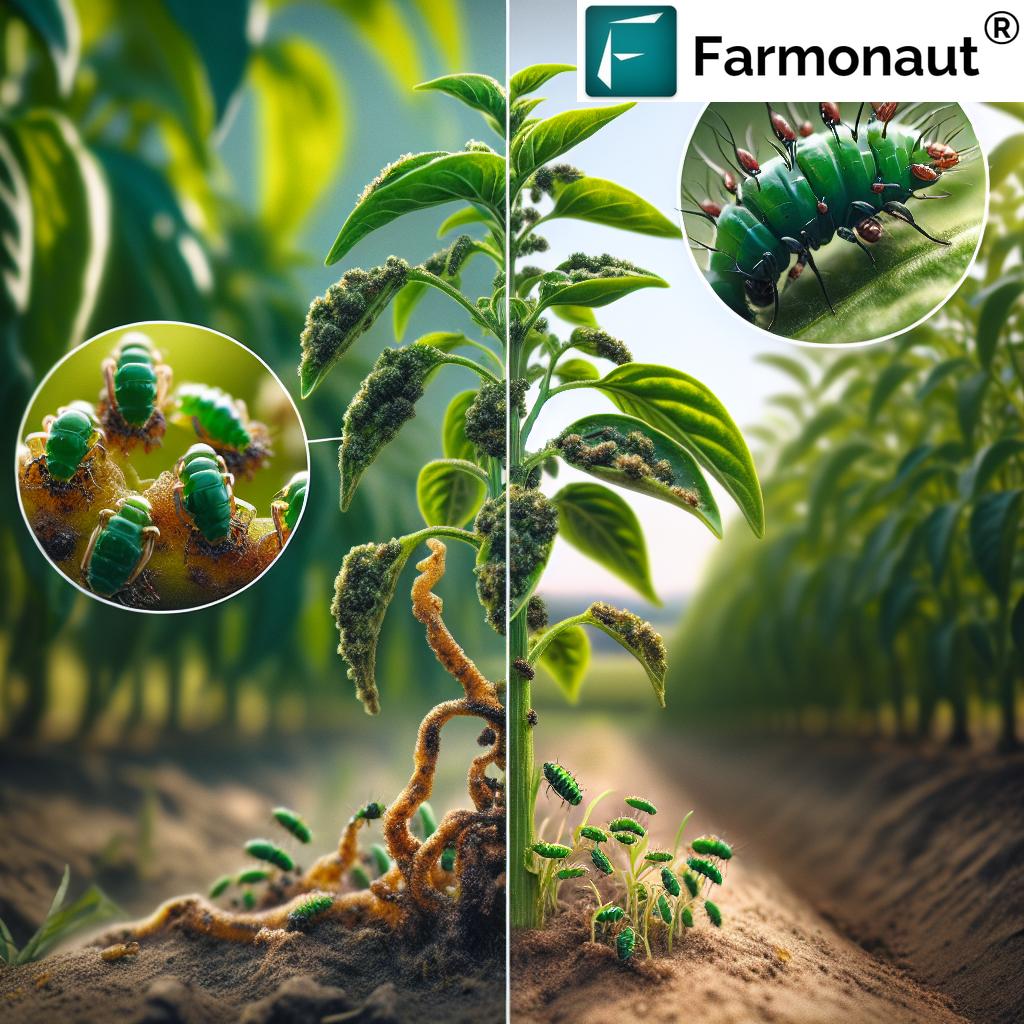


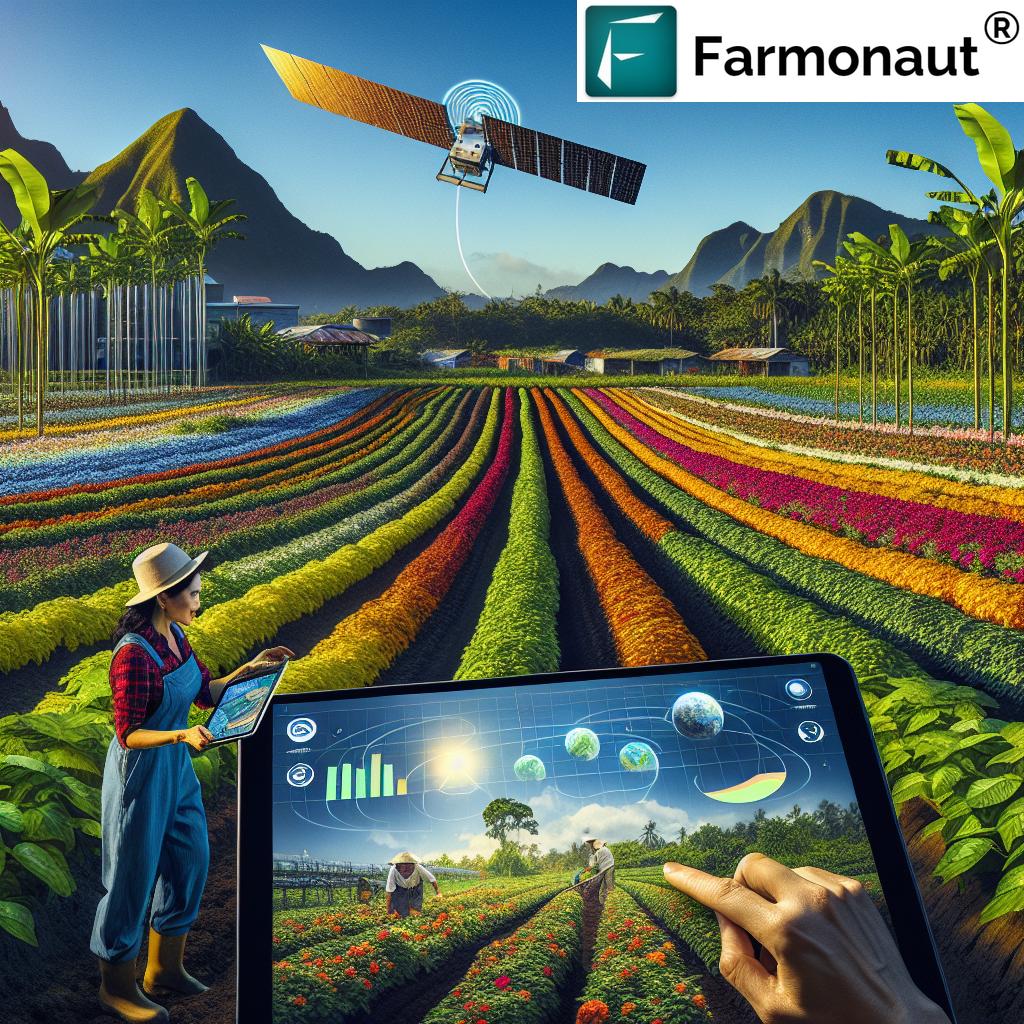
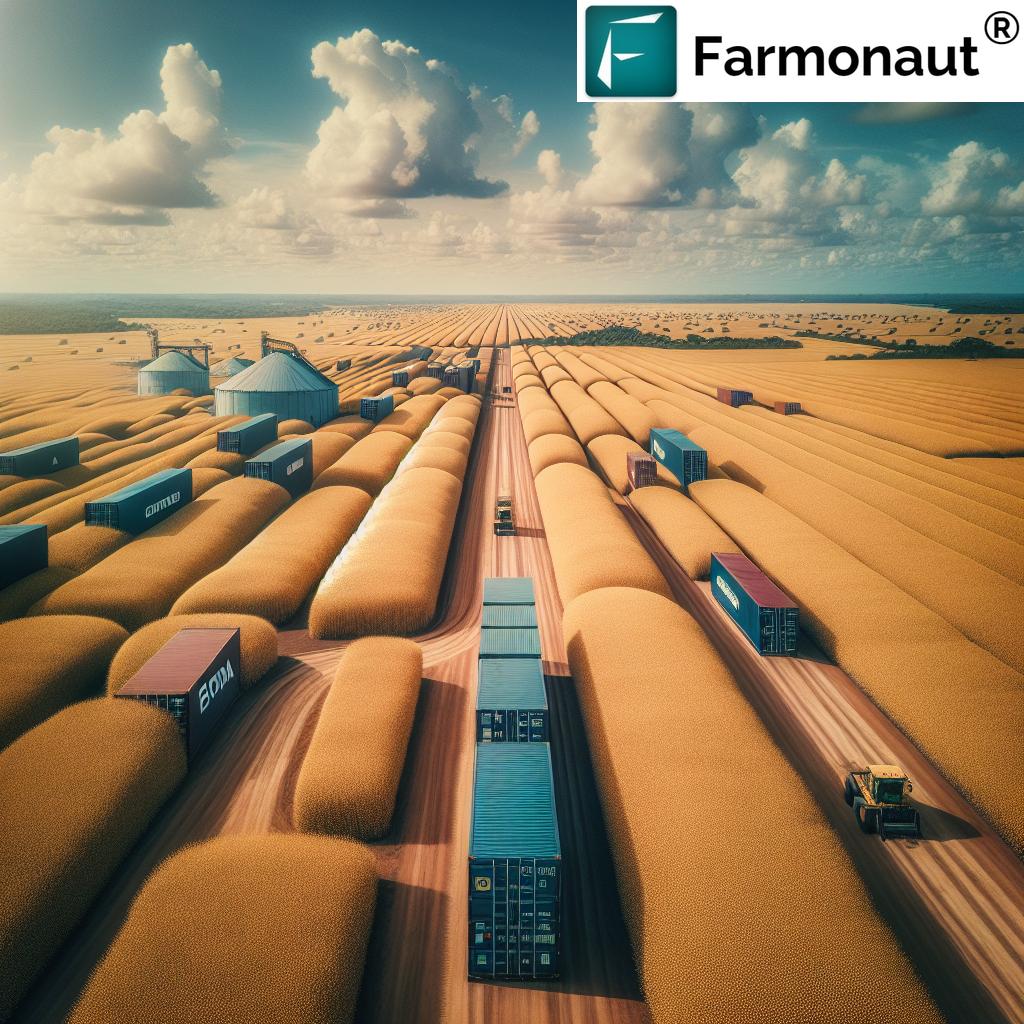
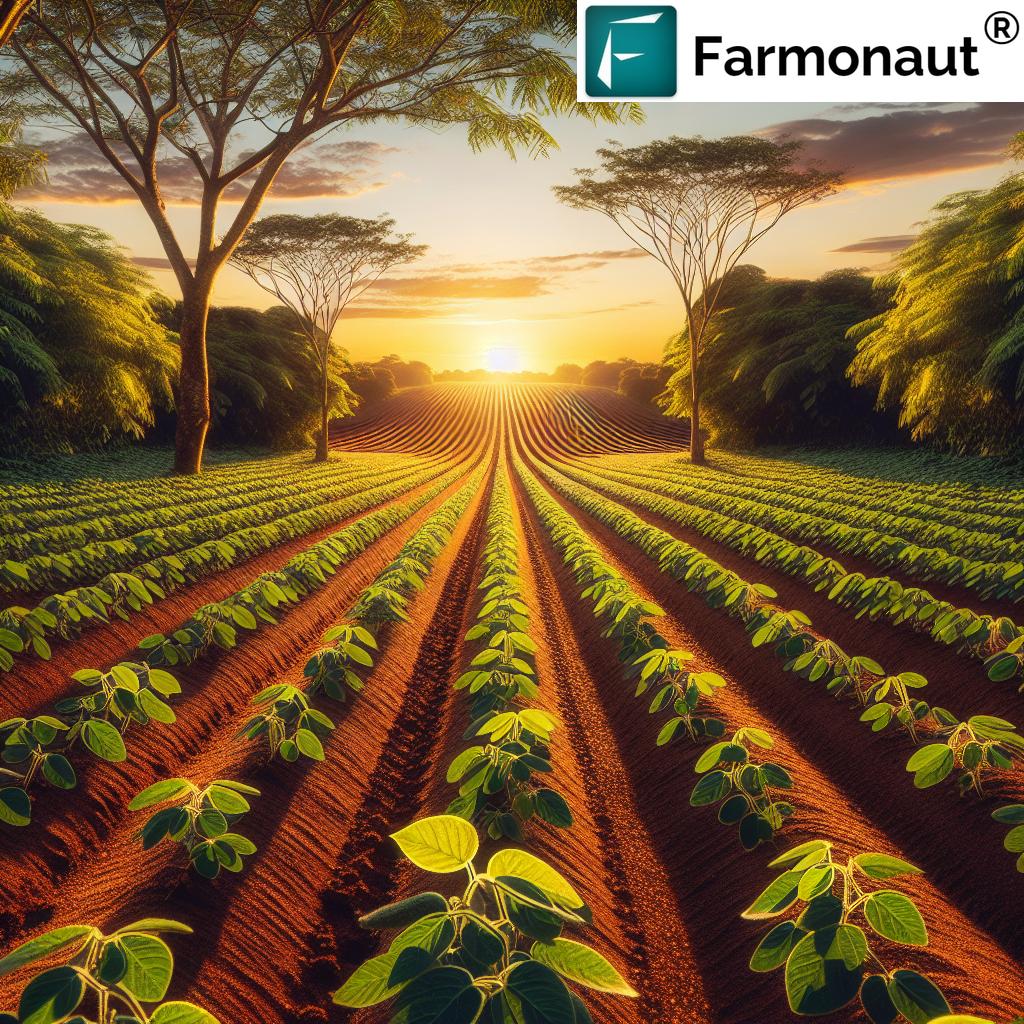
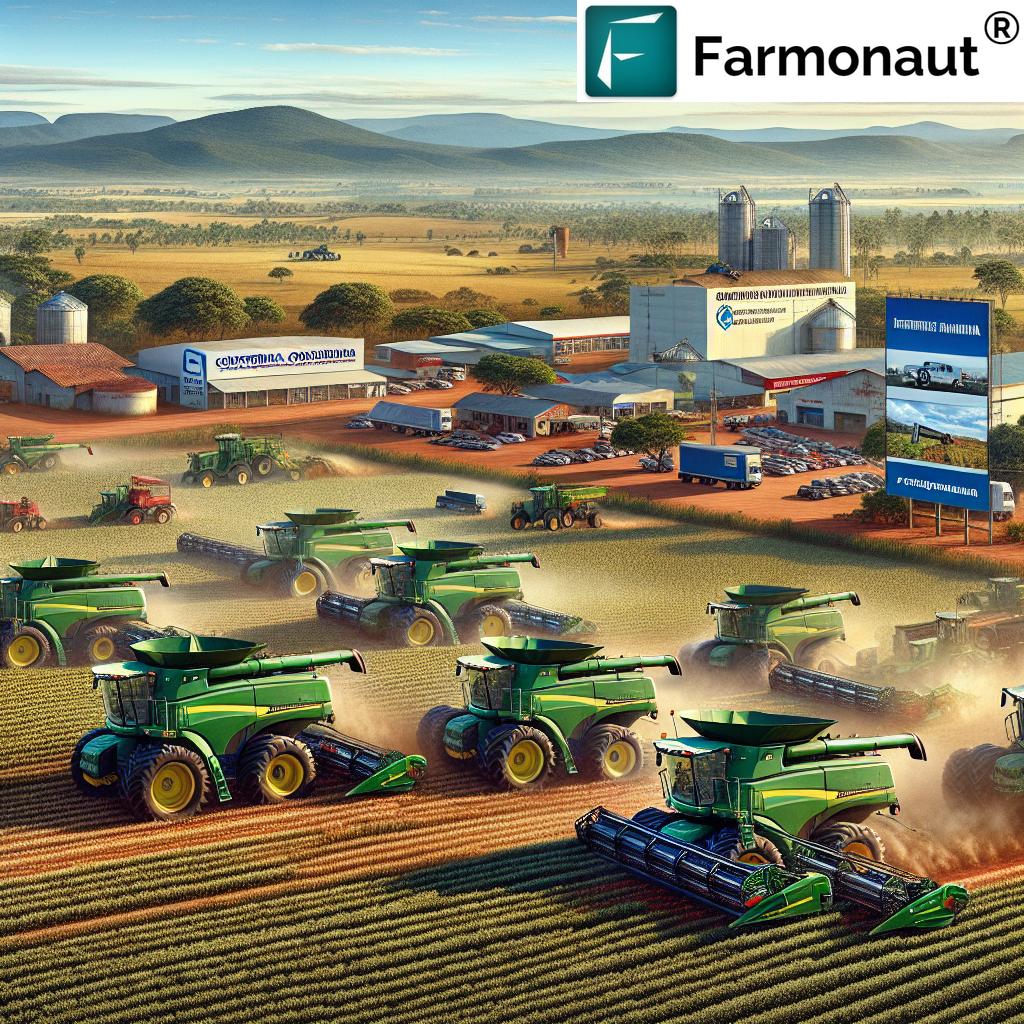
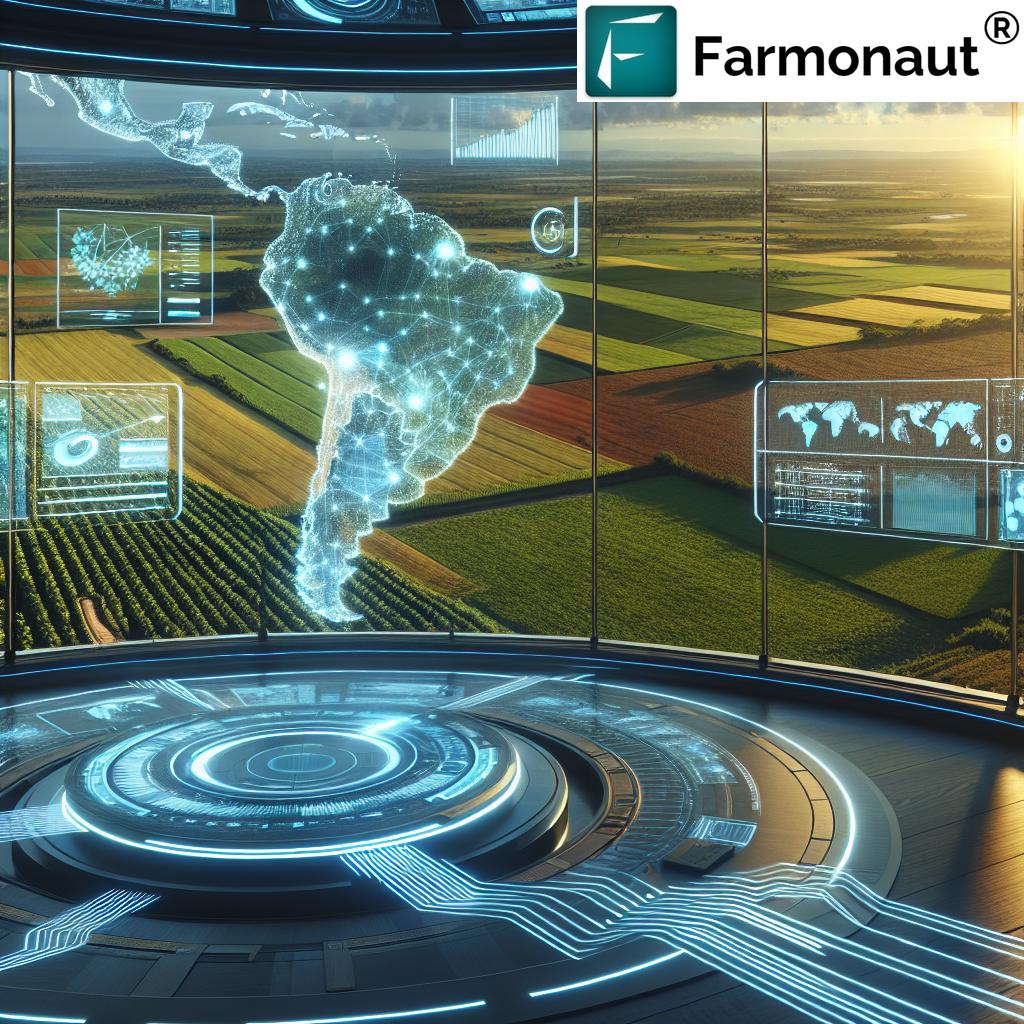
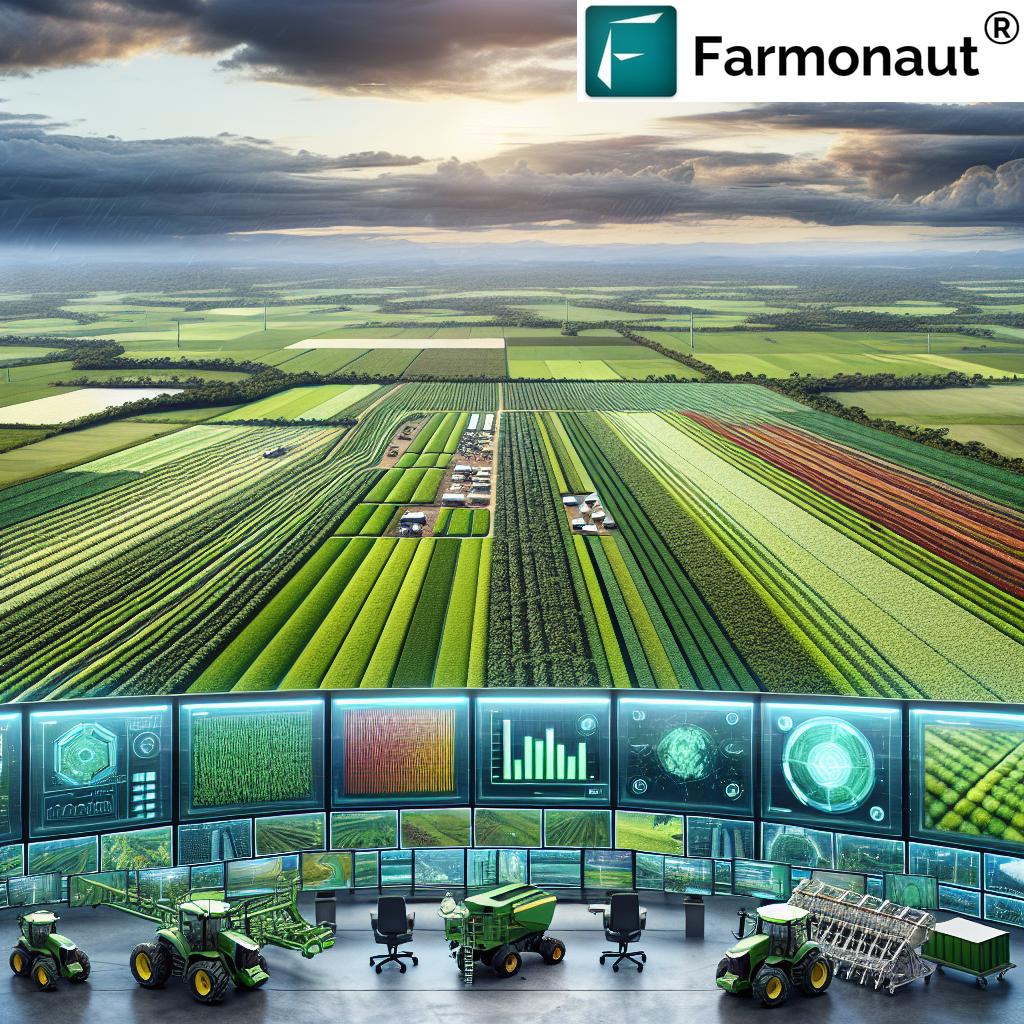
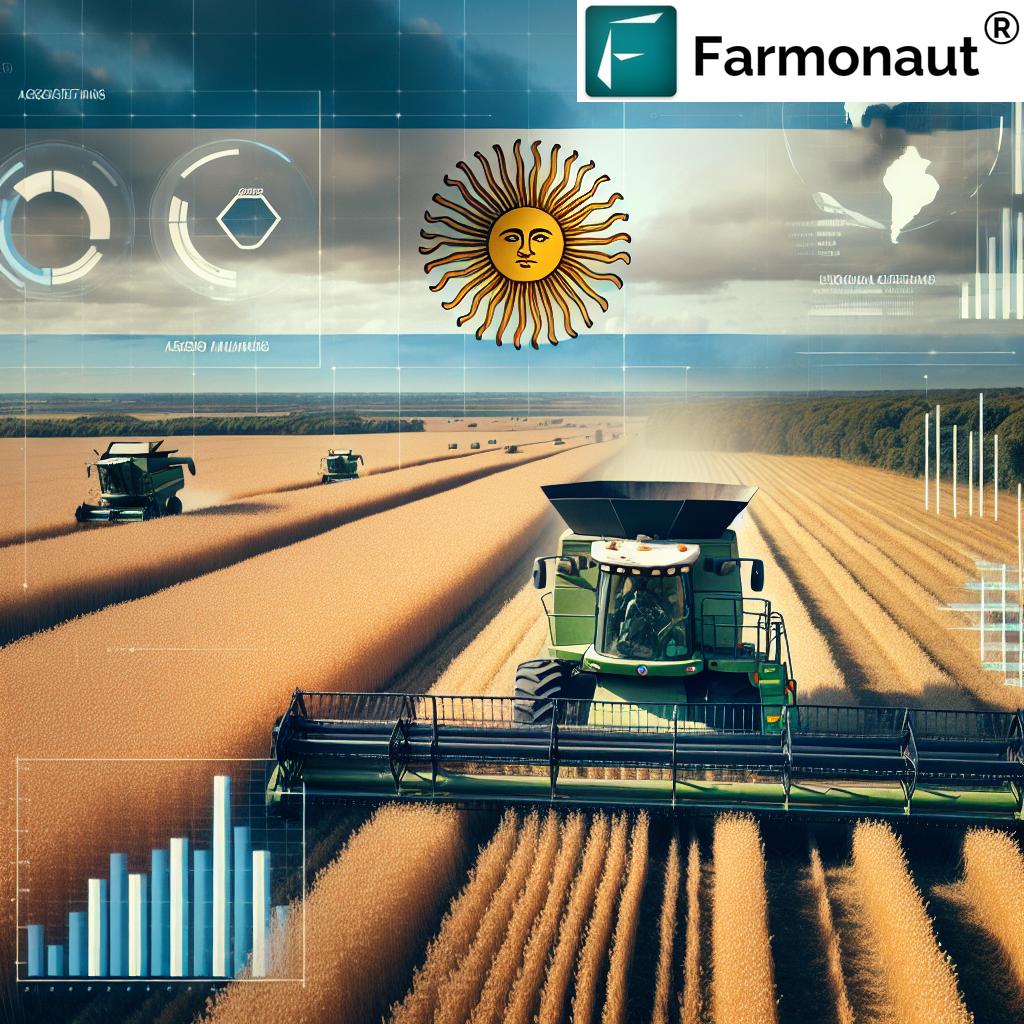
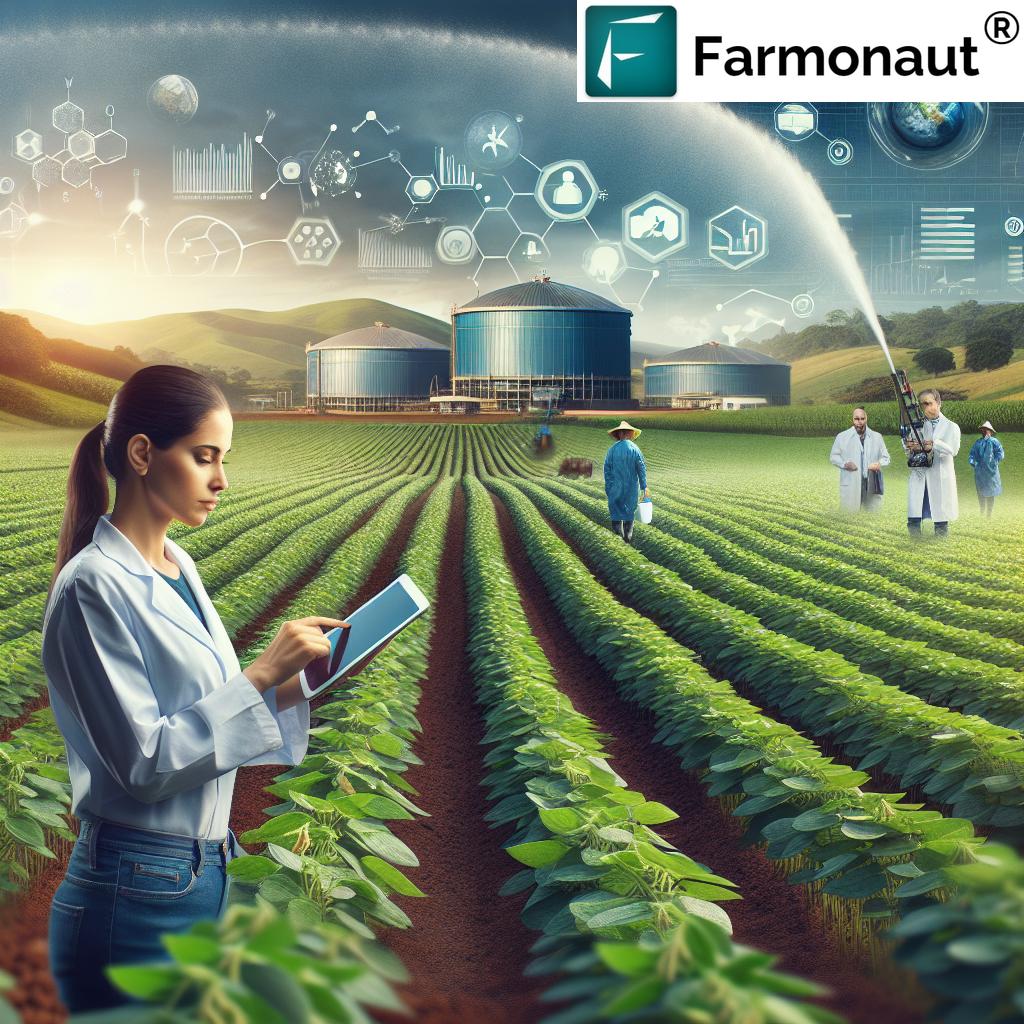
Very well presented. Every quote was awesome and thanks for sharing the content. Keep sharing and keep motivating others.